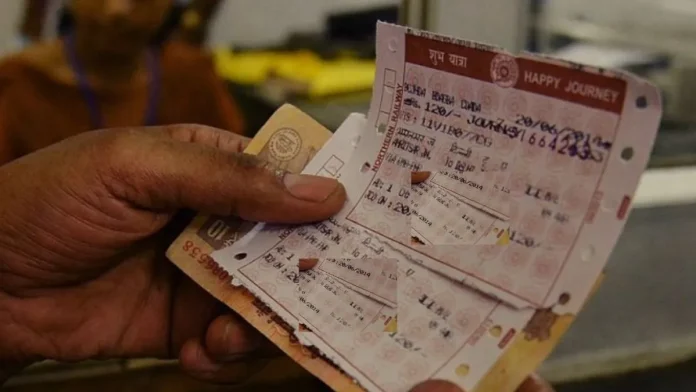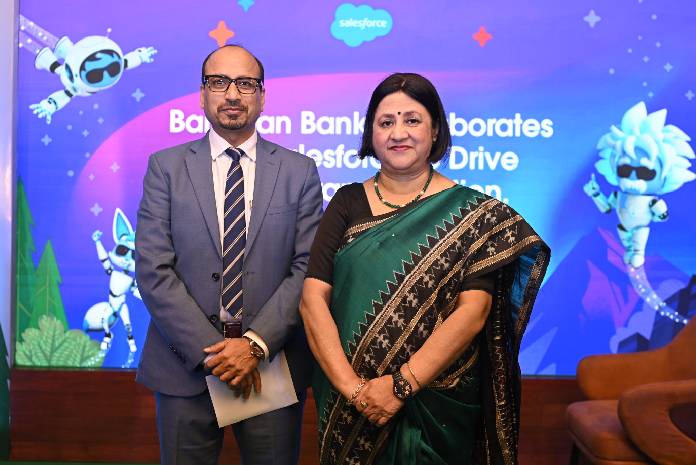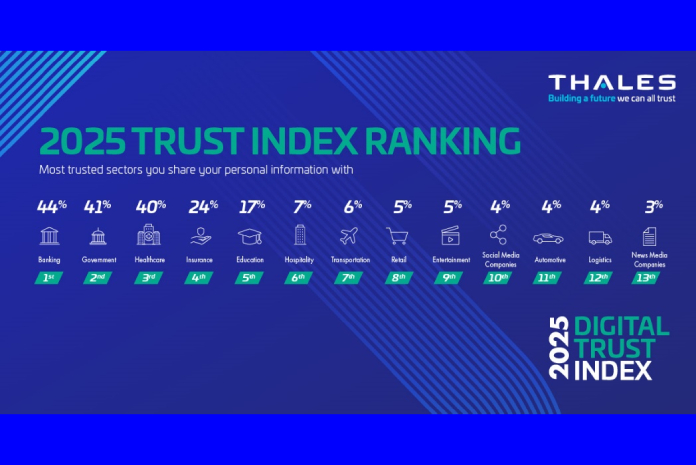
One of the fining-dining restaurants housed within Raffles Hotel Singapore, the wood-fire-driven Butcher’s Block presents an avant garde interpretation of traditional cooking methods close to nature. From March to May this year, Butcher’s Block brings the ‘Spring IMUA experience’ to Singapore foodies, as a tribute to nature’s awakening.
Butcher’s Block is helmed by Chef de Cuisine Jordan Keao, born and raised in Hawaii, where cooking, fishing, hunting, and farming are a part of everyday life. The restaurant exhibits the highest quality of produce, meats, and seafood sourced from around the world and translated through fire.
Complement the dining experience at Butcher’s Block with over 288 premium wines, including a meticulous selection of natural wines, from The Library.

Spring is a very special season for Hawai’i — the warmer and longer days invite communities to gather and celebrate the season’s plentiful harvest and fresh garden delights.
The Spring IMUA experience at Butcher’s Block captures the optimism and togetherness that define the essence of spring and Hawai’i’s eternal connection to nature.

Drawing inspiration from Hawai’i’s natural splendour and guided by the spirit of IMUA — ‘move forward with strength and spirit’ — this menu experience mirrors the season’s blooming transformations. Chef Jordan has a commitment to sustainable, whole-animal butchery and zero-waste principles.
A quartet of Chef’s snacks promises an expressive medley of island-inspired flavours.
Begin with the popular duo of Big Eye Ahi Tuna Poké, a refined take on the well-loved Hawai’ian poké classic, and Wagyu Beef Pipikaula, which spotlights a deeply umami Blackmore rump and chuck roll cured in aged garlic shoyu and dry-aged for 25 days.

Newly introduced, the Grilled Asparagus Rosti showcases the definitive Spring produce lacto-fermented for over 36 hours before being grilled and assembled with parsnip puree and Agria potato rosti.
Another new snack takes the form of Taramasalata, which is inspired by Chef Jordan’s childhood days spent with his uncle, who was a fisherman. The collar of the Ahi tuna is first smoked before being made into a pate with the same consistency as taramasalata, and piped into a pain souffle pillow made with laksa leaf powder.
The essence of Hawai’i’s spring flavours comes to life with Lomi Lomi, a term derived from the Hawai’ian term to massage. This celebrates a three-century-old side dish where fish was salted and preserved. Chef Jordan’s inventive rendition highlights smoked Japanese hamachi cured in paprika, paired with tomato sorbet and agua chile for a zesty tang. Finally, crispy Jerusalem artichoke tops the dish for a textural crunch.

For dinner, guests may also delight in Western Plains Kalua Pork Ravioli, an innovative interpretation of the traditional Hawai’ian dish of Kalua Pork presented as a ravioli containing Western Plains pork shoulder that had been wrapped in banana leaf and slow roasted overnight. Cooked over the wood-fire, the dumplings are enlivened with taro leaf, sweet potato puree and fermented red cabbage, seamlessly marrying the flavours to perfection.
Epicurean journey through the island’s heart
Continue the bountiful feast of springtime with an array of main courses, including the signature Huli-Huli Dry-Aged Duck, a dish that embodies the island’s vibrant and unique identity.
Malaysian farmed duck is first dry-aged whole for a week, then butchered into different parts: the breast undergoes further dry-ageing, then meticulously ‘huli’ (turned) over ambient heat above the fire and glazed with a luscious caramelised shoyu reduction. The duck leg is slow-cooked into a confit, and presented with a jus made from roasted duck bones. This reimagined classic pays homage to the smoky, flamekissed flavours of traditional Hawai’ian barbecue infused with the bounty of the season.
Grilled Murray Cod takes centre stage, featuring the fillet of this sustainable, fatty fish paired with a turmeric-accented mousseline made with the trimming and collar from the same fish. Accompanied with beautifully charred kale alongside a luxurious bottarga cream and rich Koshihikari rice risotto, the dish delivers a symphony of umami complexities.


Blackmore Farms Trio is a true reflection of Chef Jordan’s culinary prowess in wood-fired techniques and whole-animal butchery.
Marvel at the artful presentation of prized Blackmore Farm wagyu showcased in three distinctly new ways — a grilled chef’s select cut, a luxurious beef bone marrow custard, and a beef fat financier — all created from the same half cow that the restaurant regularly brings in. English pea purée, shaved fennel and pea tendrils complete the dish with added freshness and texture.

Finish off the evocative journey through Hawai’i’s stunning landscapes and lush greenery with Haupia, a classic Hawai’ian coconut pudding that includes Chef Jordan’s delightful twist of a scoop of gula melaka ice cream alongside fermented Ichigo strawberries and a sprinkling of toasted macadamia nut crumble atop, finished with a subtle lemon balm garnish.
Alternatively, opt for the Baked Alaska from the Spring a la carte menu for a delightful sweet treat comprising layers of meringue, ice cream and cake, flambéed tableside with a Butcher’s Block exclusive cask of Eagle Rare 10 Year Bourbon.

Price: The Spring IMUA dining experience is available for lunch (SGD 178++) and dinner (SGD 228++) from now to 31 May 2025. Complement the flavours of Hawai’i’s scenic landscapes with a tailored wine pairing at SGD 158++ or the Dom Pérignon premium wine pairing at SGD 408++ per guest.
Timings: Dinner: Tuesday to Saturday, 6pm to 9.45pm (last seating at 9.30pm); Lunch: Wednesday to Saturday, 12 noon to 2.30pm (last seating at 2pm) Closed on Sundays and Mondays.
Address: 328 North Bridge Rd #02-02, Raffles Arcade S188719 (Accessible via the North Bridge Road entrance)
Website: www.butchersblock.com.sg; www.rafflessingapore.com
Dress code: Casual Chic
An Easter feast like no other
On 20 April 2025, celebrate Easter in true IMUA style with a spectacular brunch at Butcher’s Block. Be enthralled by a sumptuous spread spotlighting the Blackmore Farm Easter Roast that is specially created for Easter and showcases a succulent dry-aged wagyu cooked to perfection over wood-fire and complemented with potato purée, English pea purée and chimichurri.
Butcher’s Block at home
Savour scintillating avant garde wood-fired creations and fresh produce from the comfort of your own home with Butcher’s Block’s newly-launched takeaway menu, made available for purchase in the restaurant.
Choose from a delightful assortment of items curated by Chef Jordan, including house-made milk bread, kombu butter, Western Plains Spam, dry-aged smoked duck breast, dry-aged Blackmore Farm burger patty, choice steaks and wines.












